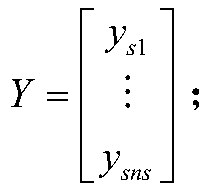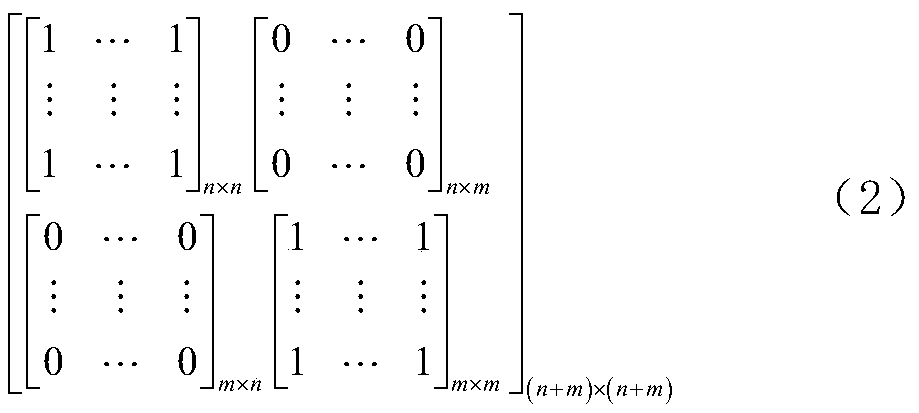Domain self-adaptive PLS regression model modeling method
A technology of regression model and modeling method, which is applied in the direction of complex mathematical operations, measuring devices, and material analysis through optical means, and can solve problems such as deviation of prediction results, wavelength drift, and difference in absorbance
- Summary
- Abstract
- Description
- Claims
- Application Information
AI Technical Summary
Problems solved by technology
Method used
Image
Examples
Embodiment
[0075] Embodiment: a kind of domain adaptive PLS regression model modeling method, comprises the following steps:
[0076] Step 1. Obtain ns near-infrared spectrum samples from the original domain, where ns is an integer greater than or equal to 5, and use ns near-infrared spectrum samples to construct the original domain near-infrared spectrum dataset {x sq ,y sq |q=1,2,…,ns}, where x sq is the near-infrared spectrum data of the qth sample acquired from the original domain, y sq is the concentration attribute value of the qth sample obtained from the original domain;
[0077] Obtain nt near-infrared spectrum samples from the target domain, where nt is an integer greater than or equal to 5, and use nt near-infrared spectrum samples to construct the target domain near-infrared spectrum dataset {x tj |j=1,2,…,nt}, where x tj is the near-infrared spectrum data of the jth sample acquired from the target domain; x sq and x tj They are vectors with 1 row and p columns respecti...
PUM
 Login to View More
Login to View More Abstract
Description
Claims
Application Information
 Login to View More
Login to View More - R&D
- Intellectual Property
- Life Sciences
- Materials
- Tech Scout
- Unparalleled Data Quality
- Higher Quality Content
- 60% Fewer Hallucinations
Browse by: Latest US Patents, China's latest patents, Technical Efficacy Thesaurus, Application Domain, Technology Topic, Popular Technical Reports.
© 2025 PatSnap. All rights reserved.Legal|Privacy policy|Modern Slavery Act Transparency Statement|Sitemap|About US| Contact US: help@patsnap.com



